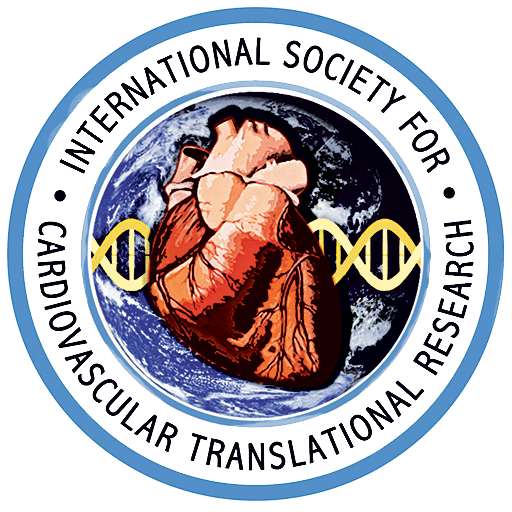Despite advances in medical care strategies including health care delivery systems, pharmaceuticals, and devices, cardiovascular disease remains the leading cause of death and disability worldwide. This is becoming an increasingly important clinical issue worldwide, in low- and middle-income countries with changing lifestyles, and also in resource rich countries due to the fact that patients are living longer and, in some areas, comorbid conditions such as diabetes and obesity are increasingly prevalent. To continue improving the outcome of therapy for cardiovascular disease will require multiple parallel steps and the integration of multi-stakeholder expertise. This document will focus specifically on the translational pathways for new devices but many of the key principles will also be germane for the pharmaceutical industry.
Translational science, research, and clinical medicine are integrally related. The opportunity to refine and revolutionize clinical care for patients is the inspiration that drives all innovation in medicine. The scientific starting point is the study of physiological processes and events typically beginning at the molecular level, then working up the chain to benchtop testing, in vitro modeling, in vivo modeling, and finally to testing and application in the human arena. Following this, there need to be widespread methods to validate the concepts, comparative effectiveness, and then implementation of the specific approach to broader patient care in an efficient, safe, and practical strategy. For this to occur, multiple parallel processes are required (Table 1) and multiple stakeholders must be involved (Table 2).
Table 1. Development of New Devices
- Recognition of unmet clinical needs
- Scientific study
- Pathophysiology of the “disease”
- Epidemiology of the “disease”
- Discovery of physiological mechanisms
- Innovation with development of new approaches/strategies/devices/relevant animal models
- Preclinical testing
- Benchtop
- In vitro
- In vivo clinical models
- Early feasibility studies
- Pivotal trials in selected patient groups
- Regulatory approval
- Reimbursement
- Application in broader patient groups (registries)
- Comparative effectiveness research
- Professional society guidelines and appropriate use criteria
